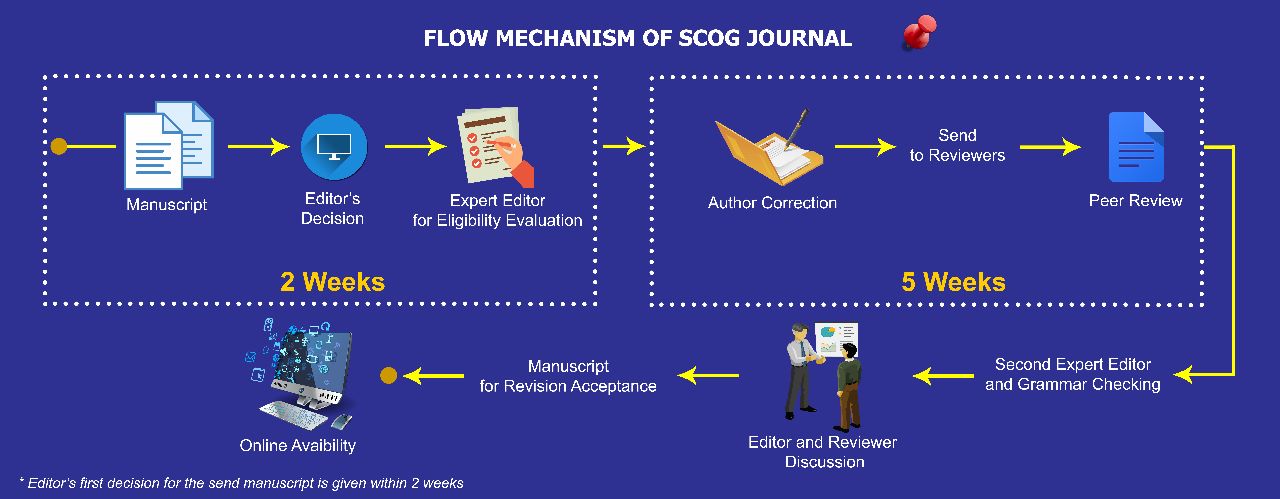PALEOGENE PALYNOLOGY OF THE CENTRAL SUMATERA BASIN
Abstract
Unlike rich pollen assemblage of other Paleogene sediments in western Indonesia (as seen in Nanggulan
Formation of Central Java, Tanjung Formation of South Kalimantan and Malawa Formation of South
Sulawesi), pollen assemblage of Paleogene sediments in the Central Sumatera Basin is considerably
low. Referring to the occurrence of Oligocene spore Cicatricosisporites dorogensis supported by pollen
Palmaepollenites kutchensis and Meyeripollis naharkotensis, it is inferred that the studied sediment is
assigned to Oligocene age. This is strengthened by the disappearance of many key Indian affi nities which
arrived in the Sundaland during Eocene. Palynologically, this study separates the Brown Shale from the
Upper Red Bed. The Brown Shale is dominated by fresh water pollen without brackish element suggesting
non-marine environment. This sequence might have been formed in syn-rift setting. Surprisingly, lacustrine
indicators of fresh water algae Botriococcus and Pediastrum (as found in the lacustrine sediment of Talang
Akar Formation of Sunda-Asri Basin) are absent. Mean while, the Upper Red Bed is marked by signifi cant
occurrence of brackish palynomorphs suggesting the infl uence of marine environment during post-rift period.
This condition proves the existence of the transgressive phase where sedimentation started in freshwater
environment during the Brown Shale deposition which gradually shifted into transition (shallow marine)
environment during the Upper Red Bed sedimentation.
Keywords
Full Text:
PDFDOI: https://doi.org/10.29017/SCOG.37.2.632

This work is licensed under a Creative Commons Attribution-NonCommercial-NoDerivatives 4.0 International License.






